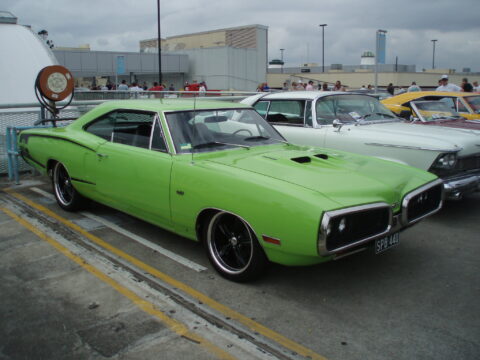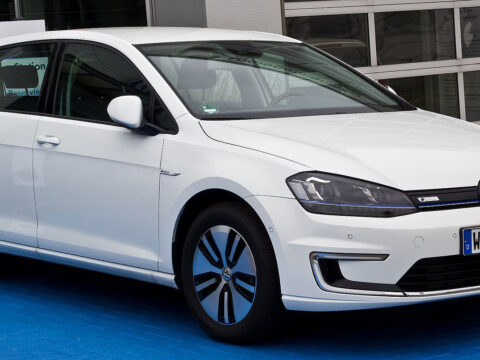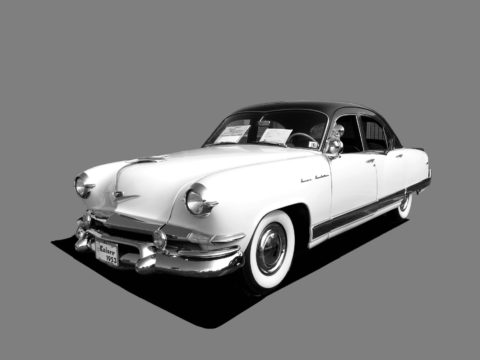Not all car features are welcomed by drivers. Some can be more annoying than useful, adding complexity or distraction. Here are some features drivers wish automakers would eliminate to enhance the driving experience.
Contents
Touchscreen-Only Controls

Many drivers wish automakers would eliminate touchscreen-only controls for essential functions like climate control and audio settings. While touchscreens can look sleek, they can be distracting and difficult to use while driving. Physical buttons and knobs allow for easier and safer adjustments without taking eyes off the road. For instance, Mazda has retained physical controls for some functions in their latest models, providing a good balance between modern technology and usability.
Auto Stop-Start Systems

Auto stop-start systems, which turn off the engine at stops to save fuel, are often disliked by drivers. They can cause annoying delays when restarting and can wear out the starter motor over time. Many drivers prefer having an option to permanently disable this feature. Automakers like Ford and Toyota offer a button to disable the system temporarily, but a permanent off option would be more appreciated.
Fake Engine Noise

Manufactured engine noise pumped through the speakers is another feature many drivers wish would disappear. It’s often found in performance cars to enhance the driving experience artificially, but many find it inauthentic and annoying. Drivers prefer the natural sound of the engine or silence, as found in electric vehicles like the Tesla Model 3, which don’t use artificial noise.
Excessive Chrome Trim

Excessive chrome trim can be polarizing, with many drivers finding it gaudy and difficult to keep clean. It can also glare in bright sunlight, causing visual discomfort. Automakers like Audi and BMW offer “blackout” packages that replace chrome with black or body-colored trim, which is a popular alternative for a more subtle and modern look.
Overly Complex Infotainment Systems
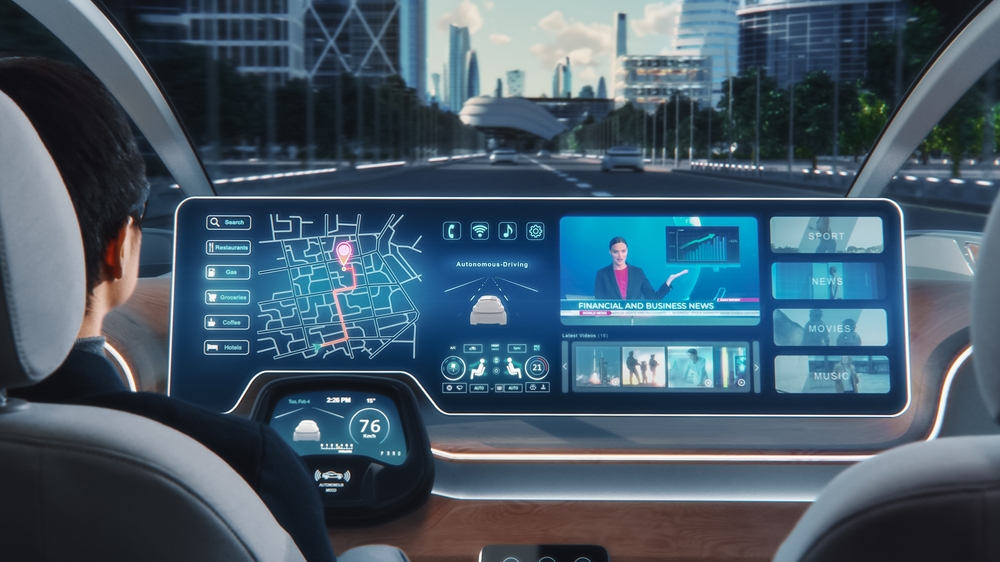
Infotainment systems that are overly complex and difficult to navigate are a common complaint. Drivers prefer intuitive and straightforward interfaces. Tesla’s minimalist approach with a large central touchscreen, while not perfect, is often praised for its simplicity and ease of use. Automakers should focus on reducing clutter and improving user experience.
Push-Button Gear Selectors
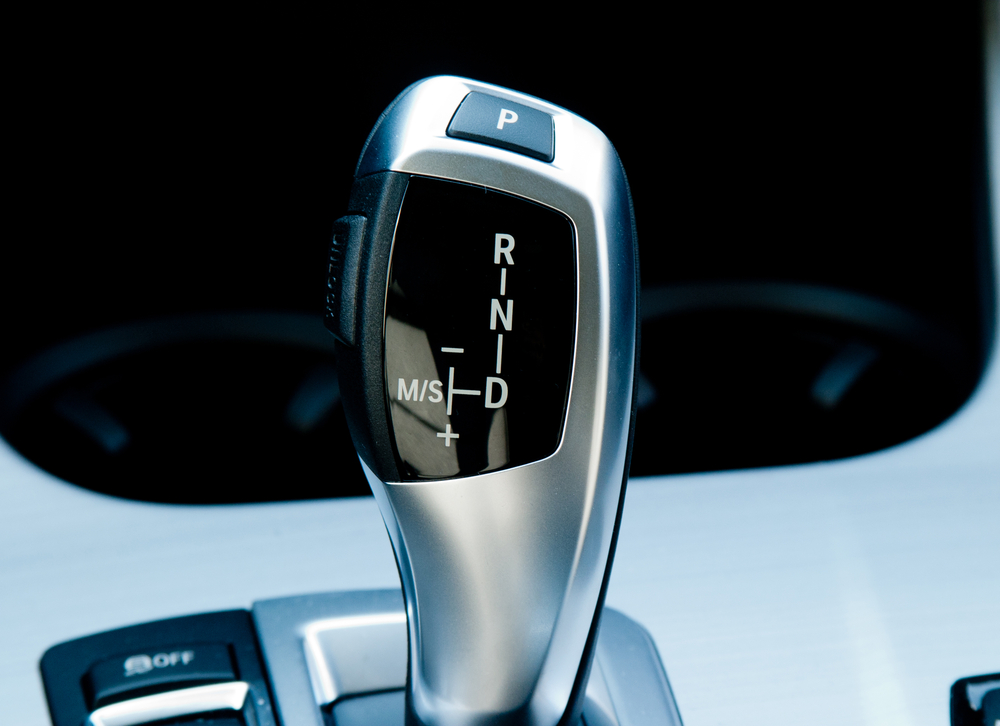
Push-button gear selectors are found in some modern vehicles, replacing traditional gear shifters. Many drivers find them unintuitive and prone to causing confusion, especially in emergency situations. Traditional gear shifters or rotary dials, like those in Jaguar and Land Rover models, are often preferred for their tactile feedback and ease of use.
Excessive Safety Warnings
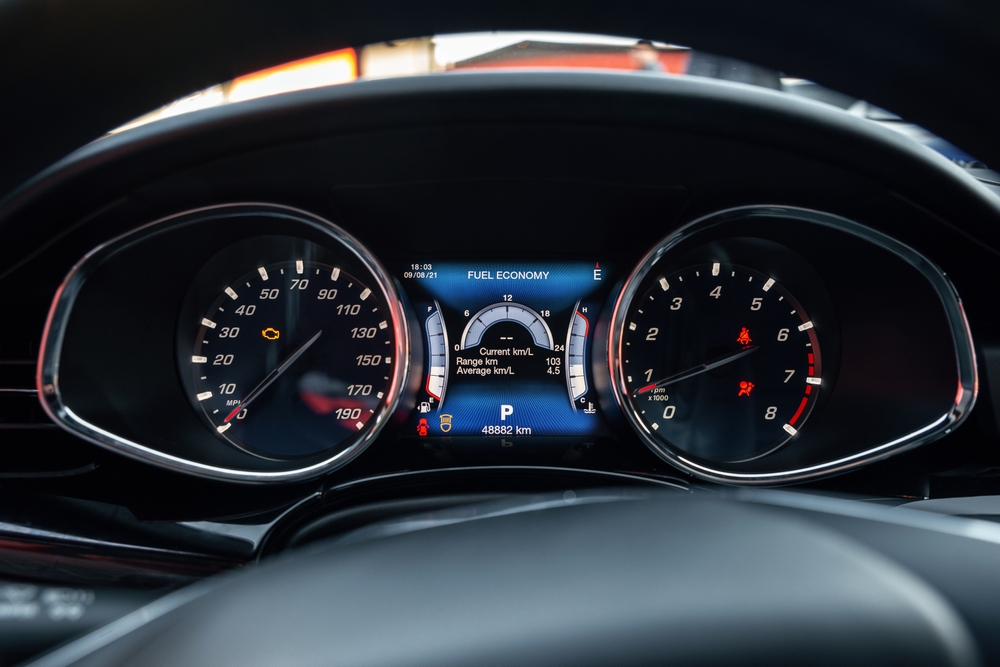
While safety warnings are important, an overabundance of alerts can be distracting and annoying. Constant beeping for lane departure warnings, collision alerts, and other systems can overwhelm drivers. Automakers like Subaru allow drivers to customize the sensitivity and volume of these warnings, which is a step in the right direction.
Capless Fuel Fillers
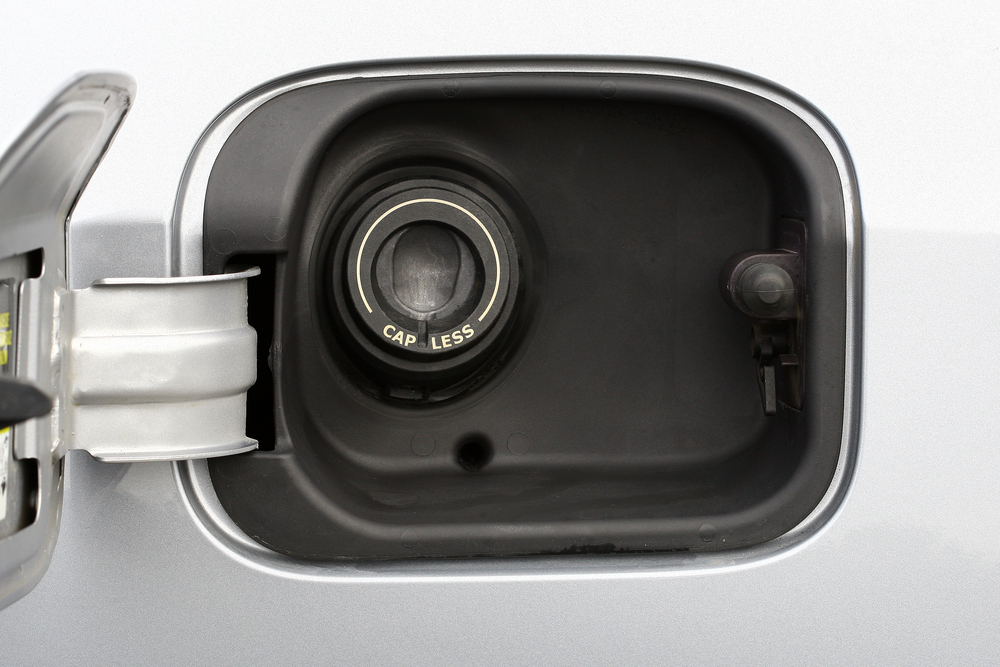
Capless fuel fillers, designed to make refueling easier, can actually cause problems. They can be prone to debris getting inside and are incompatible with some fuel additives. Drivers often prefer traditional fuel caps, which provide a more secure seal and are less likely to cause issues. Automakers could offer both options to cater to different preferences.
Uncomfortable Seats
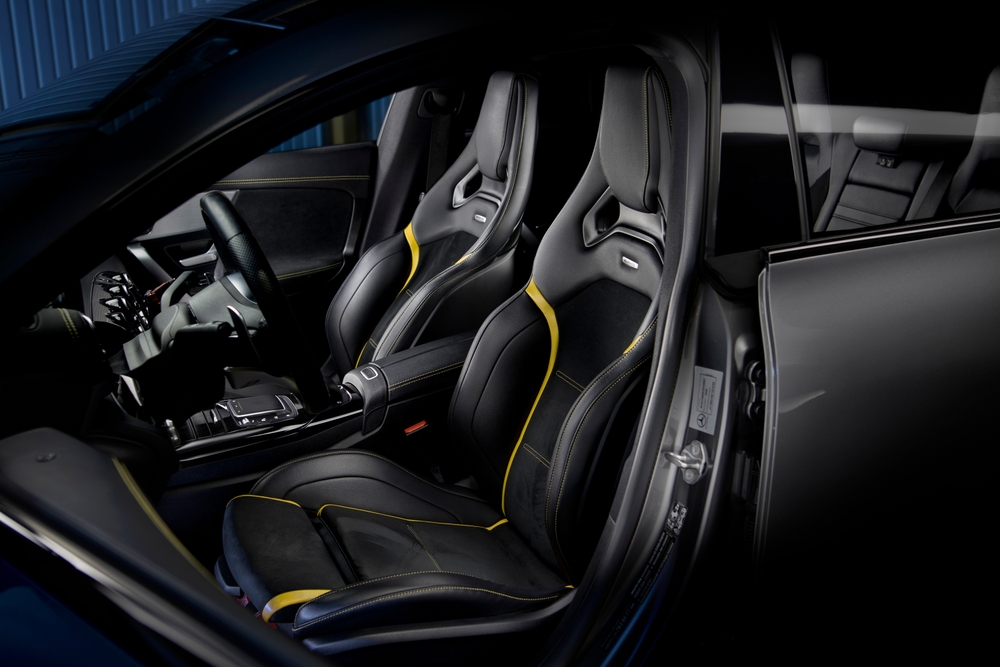
Seats that prioritize style over comfort are a common grievance. Sporty bucket seats with aggressive bolstering can be uncomfortable for long drives. Drivers prefer adjustable seats with ample cushioning and lumbar support, like those found in Volvo and Mercedes-Benz vehicles, which focus on ergonomic design and long-term comfort.
Run-Flat Tires

Run-flat tires are designed to be driven on even after a puncture, but they tend to provide a harsher ride and are more expensive to replace. Drivers often prefer traditional tires with a spare, as they offer better ride quality and peace of mind. Some automakers, like BMW, provide a choice between run-flat tires and traditional tires with a spare, giving drivers more options.
Electronic Parking Brakes
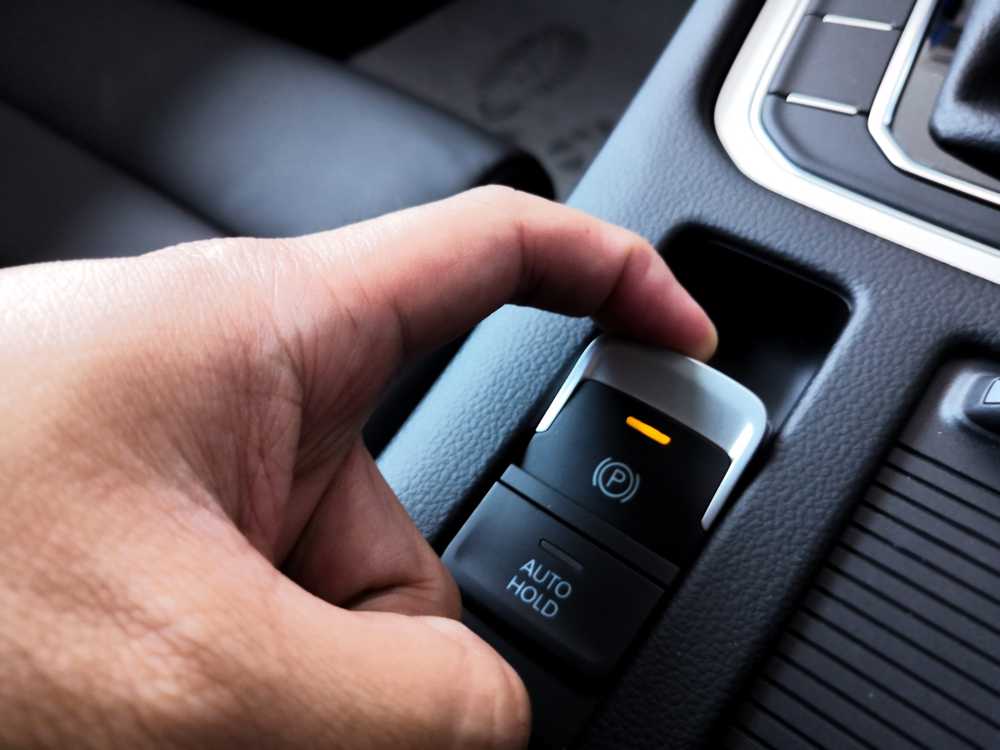
Electronic parking brakes replace traditional handbrakes with a button. While they save space, they can be less reliable and harder to use in emergencies. Many drivers prefer the mechanical feel and reliability of a traditional handbrake. Automakers could offer both options, allowing drivers to choose based on their preference.
Unnecessary Tech Gadgets
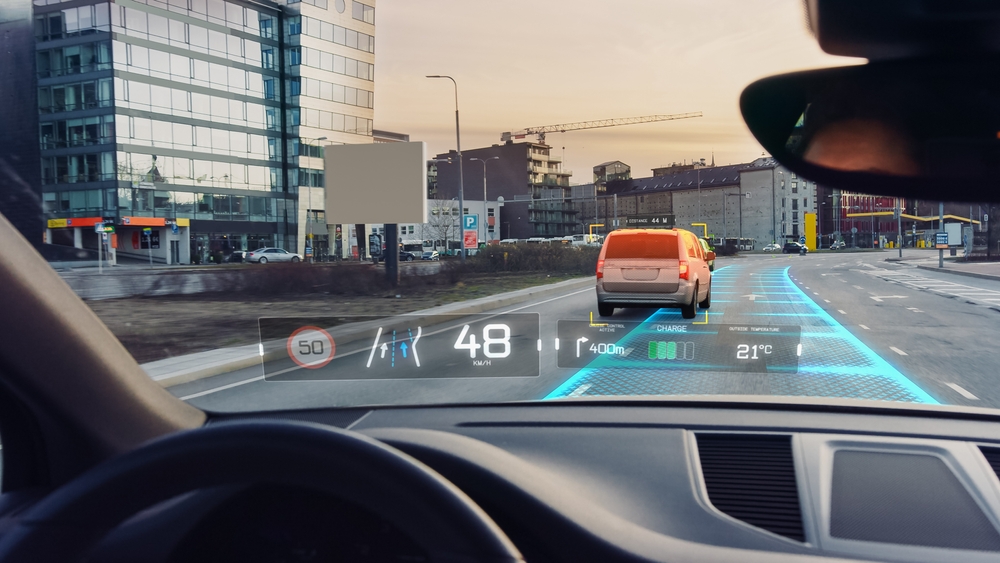
Features like gesture controls and voice-activated functions often don’t work as reliably as advertised and can be more frustrating than helpful. Drivers prefer intuitive and reliable controls over gimmicky tech. Simplifying these systems and focusing on improving core functionality would be a better approach.
Oversensitive Touch Controls
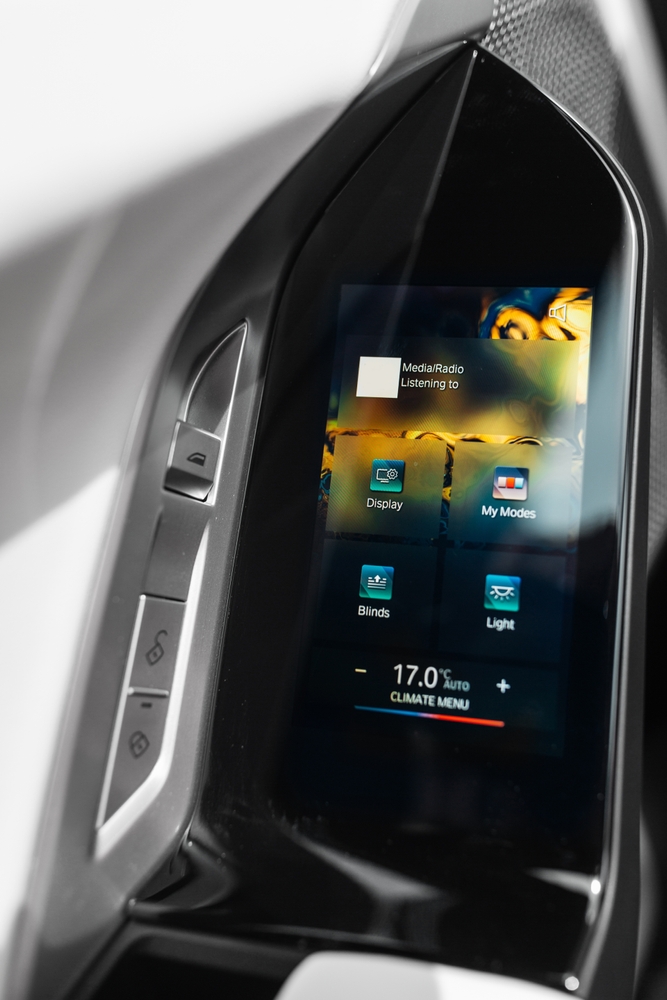
Touch-sensitive controls for functions like volume and climate adjustments can be overly sensitive and difficult to use accurately while driving. Physical buttons and knobs are generally preferred for their tactile feedback and ease of use. Automakers should consider retaining some physical controls, as seen in the Honda Civic, which combines both touch and physical controls effectively.
Excessive Driver Assistance Features
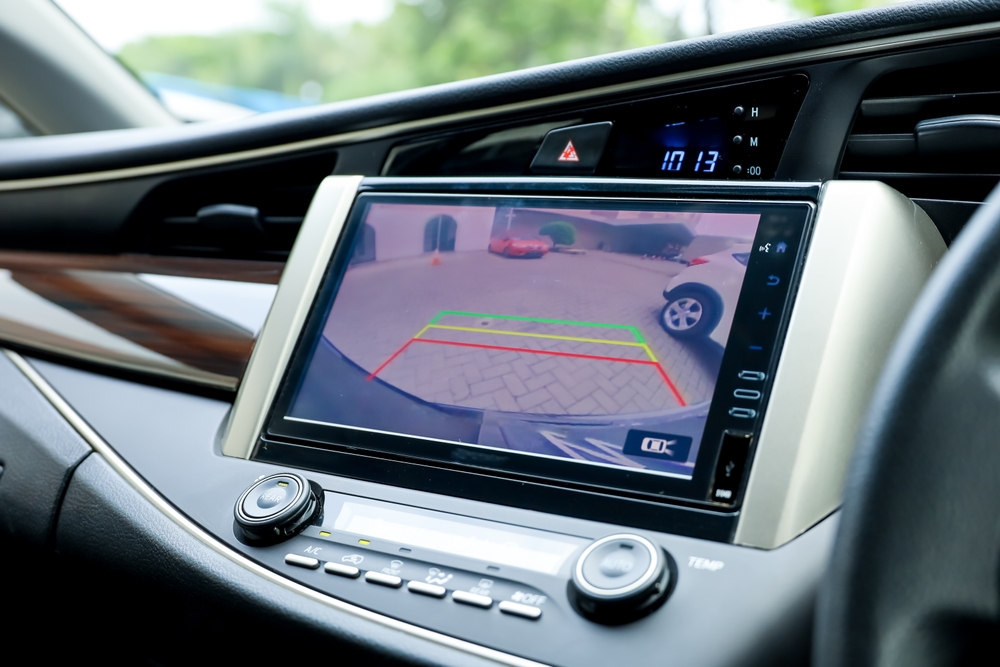
While driver assistance features like adaptive cruise control and lane-keeping assist can be helpful, some drivers find them intrusive and overly aggressive. Features that constantly intervene can diminish the driving experience and cause frustration. Automakers should allow more customization and the ability to easily disable these features, similar to what Ford offers with its customizable Co-Pilot360 system.
Fake Air Vents
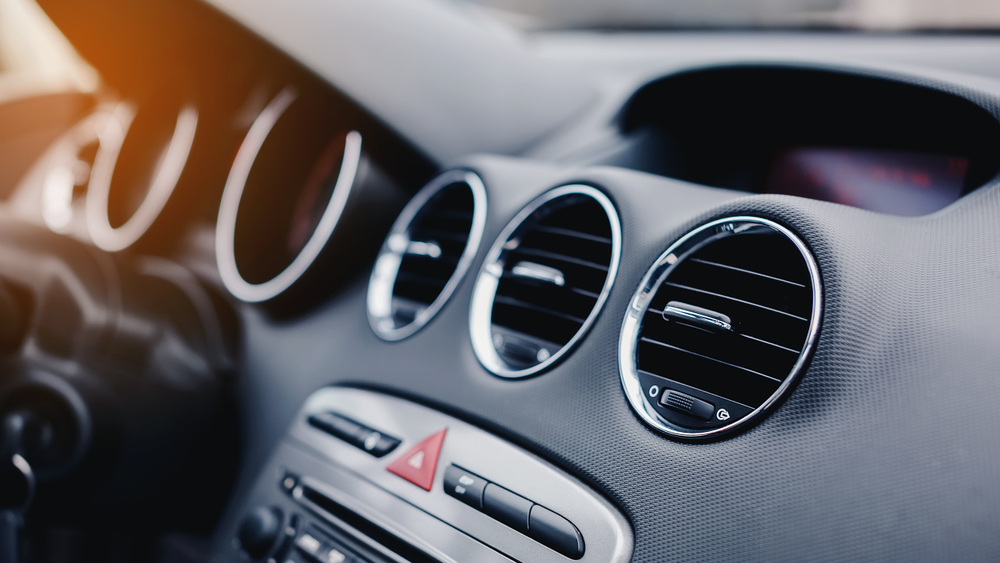
Fake air vents, often used to enhance the sporty appearance of a vehicle, are seen as unnecessary and misleading. Drivers prefer functional design elements that serve a purpose. Real, functional air vents, like those found in performance cars such as the Ford Mustang, are preferred for their authenticity and utility.
Overly Complicated Climate Controls
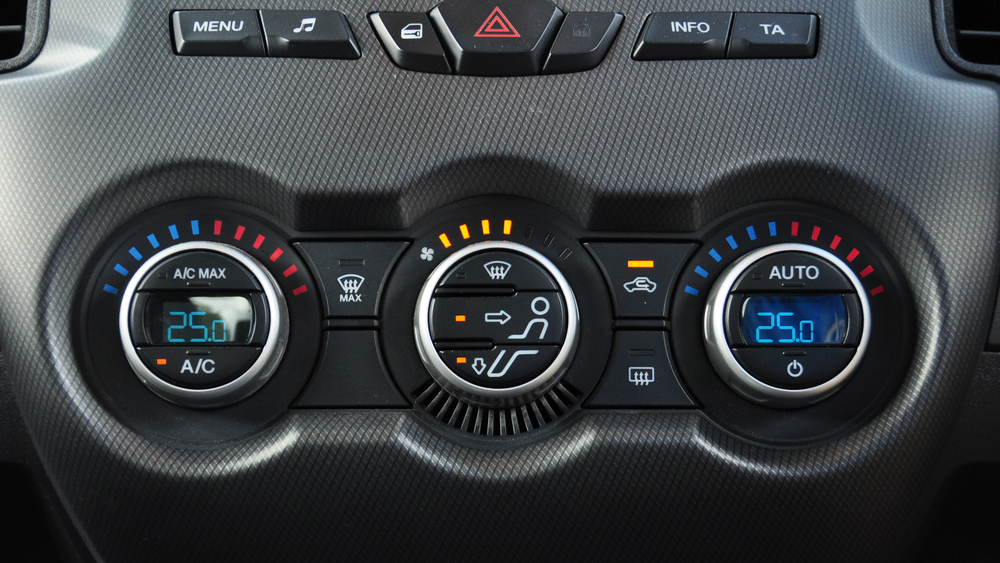
Climate control systems that require navigating through multiple touchscreen menus are often frustrating to use. Drivers prefer straightforward, physical controls that can be adjusted quickly without distraction. Automakers like Subaru, which still use physical dials and buttons for climate control, offer a more user-friendly experience.
Large Wheels with Low-Profile Tires
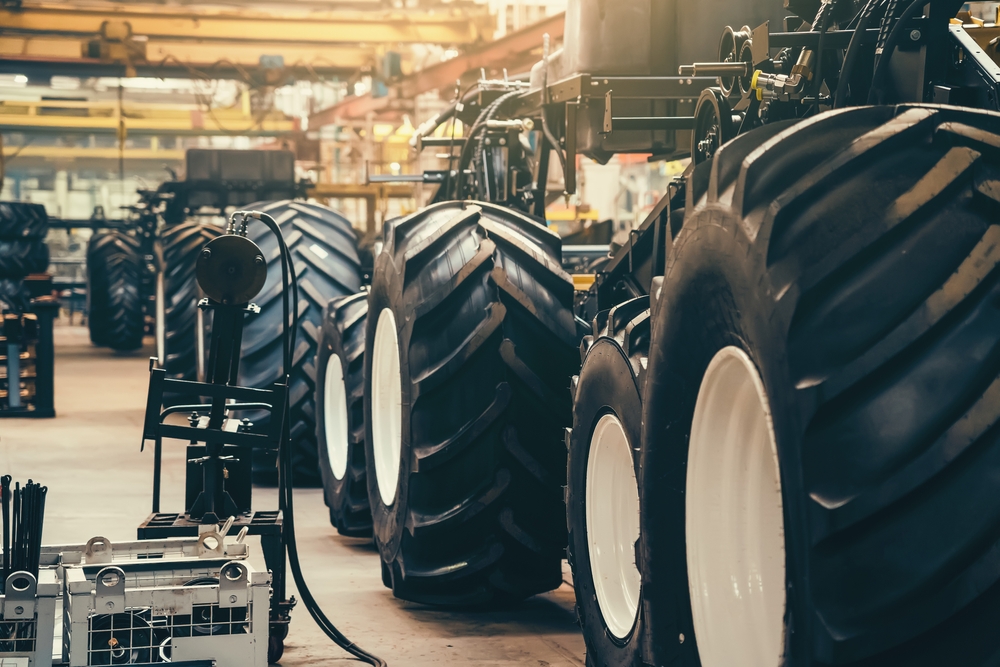
Large wheels with low-profile tires can enhance the look of a car but often result in a harsher ride and increased risk of damage from potholes. Drivers prefer smaller wheels with higher-profile tires that provide a more comfortable ride and better durability. Offering a choice of wheel sizes, as Mazda does with the CX-5, can cater to different preferences.
Distracting Ambient Lighting

Excessive ambient lighting inside the car can be distracting and unnecessary. While some ambient lighting can enhance the cabin’s atmosphere, drivers prefer subtle and adjustable lighting that doesn’t interfere with driving. Automakers like Mercedes-Benz offer customizable ambient lighting that can be adjusted or turned off completely, catering to driver preferences.
Overly Aggressive Auto-Locking Doors

Auto-locking doors that lock immediately after starting the car or driving a short distance can be frustrating, especially when loading passengers or cargo. Drivers prefer having control over when the doors lock. Automakers should offer customizable auto-lock settings, as seen in some Toyota models, to enhance convenience.
Complex Key Fobs

Key fobs with too many buttons and functions can be confusing and easy to accidentally trigger. Drivers prefer simple, easy-to-use key fobs with essential functions only. Streamlining key fob design, as done by Hyundai, can reduce accidental triggers and enhance user experience.
This article originally appeared in MyCarMakesNoise.
More from MyCarMakesNoise
20 Key Questions to Ask at the Dealership Before Buying a Car

Buying a car is a significant investment, and it’s crucial to gather as much information as possible before making a decision. To ensure you’re fully informed and confident with your purchase, here are essential questions to ask your car dealer. Read More.
20 Astonishing Facts You Didn’t Know About Classic Muscle Cars
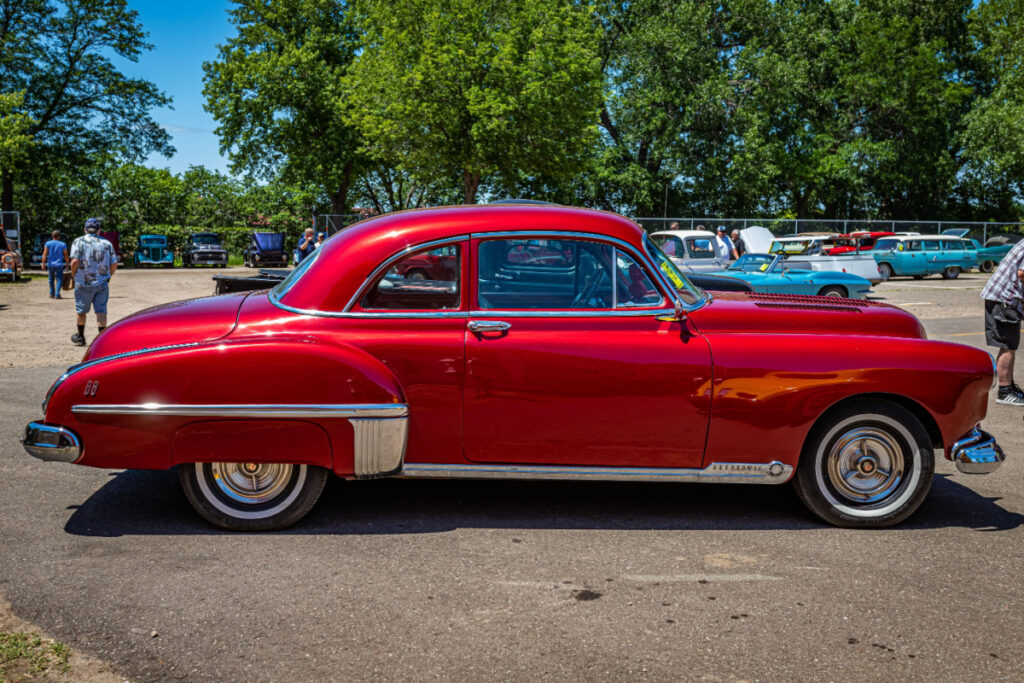
Classic muscle cars have always captured the hearts of car enthusiasts with their powerful engines and iconic designs. These American legends aren’t just about speed and style; they have a rich history full of fascinating stories and surprising details. Read More.
15 Key Developments in Naval Aircraft Through the Years

Naval aviation has played a crucial role in military history, evolving through numerous innovations and advancements. From the first successful aircraft carrier landing to the development of cutting-edge stealth technology, these key developments have shaped the capabilities of naval forces worldwide. Read More.

